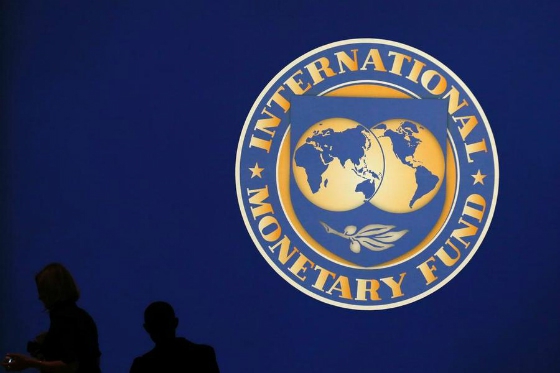Qatar, which accounts for one-third of global liquefied natural gas trade, is well positioned to mitigate the macroeconomic challenges from sustained lower hydrocarbon prices, given its substantial financial buffers, with real economic growth expected to be 3.4% this year, according to the International Monetary Fund (IMF).
However, inflation is expected to rise in the near term on higher aggregate demand and weakened expenditure efficiency associated with the public investment, the Bretton Wood’s institution said in its Article IV consultation report.
It also found more room for broadening the tax base, particularly corporate income tax, over the medium term, as well as for further hikes in domestic fuel prices, as Qatar’s fuel and gas prices remain low against global prices.
Welcoming Qatar’s responsiveness to adjust to lower energy prices, it asked the Gulf country to sustain its sound policies, which would help strengthen the fiscal position, maintain financial stability, and promote more diversified and sustainable growth.
Due to Qatar’s large buffers, there is space to pursue fiscal consolidation at a gradual pace over the medium term to ensure intergenerational equity of Qatar’s exhaustible hydrocarbon wealth, it said, supporting the ongoing and envisaged revenue and expenditure measures, including subsidy reforms, containment of public-service benefits, lower spending on goods and services, and the introduction of a value added tax and excise taxes.
Nevertheless, growth is expected to moderate in the medium term, as public investment growth tapers off and hydrocarbon output continues to slow down, IMF said, adding real GDP (gross domestic product) growth is projected at 3.4% for 2017, reflecting still significant expansion in the non-hydrocarbons on public investments and supported by the added output from the new Barzan gas project.
The ongoing public investments – while crucial for further economic development and diversification – could increase inflation in the near term on higher aggregate demand and weakened expenditure efficiency associated with the scale-up in public investment, it cautioned.
“During 2017-18, further subsidy cuts, a moderate recovery in global commodity prices, and the introduction of a VAT will continue to drive the overall price level,” it said.
IMF agreed that additional revenue measures, including broadening the base of existing taxes, particularly for the corporate income tax, should be explored over the medium term to mobilise sufficient resources for the implementation of the second national development strategy while supporting further consolidation.
Stressing that fiscal and external balances are projected to improve only moderately in the near to medium term, it said in 2017, the government deficit is expected to dip to 7.7% of GDP and the non-hydrocarbon primary deficit is slated at 35% of non-hydrocarbon GDP in 2017 and is expected to continue to improve over the medium term.
The current account deficit is projected at about 2.2% of GDP in 2016, it said, adding over the medium term, the current account position is expected to improve in line with improvement in hydrocarbon export receipts.
On the external risks, it said should oil prices fall back to around the 2016 average and stay there over the near and medium term, the fiscal and the current account balances would deteriorate “significantly”, though net government debt (gross debt less estimated government financial assets of Qatar Investment Authority) and the official reserves would remain “very comfortable.”
Moreover, significant dollar appreciation and higher US interest rates would entail tighter monetary conditions in Qatar, given the fixed exchange rate regime.
Zawya
12 April

























































